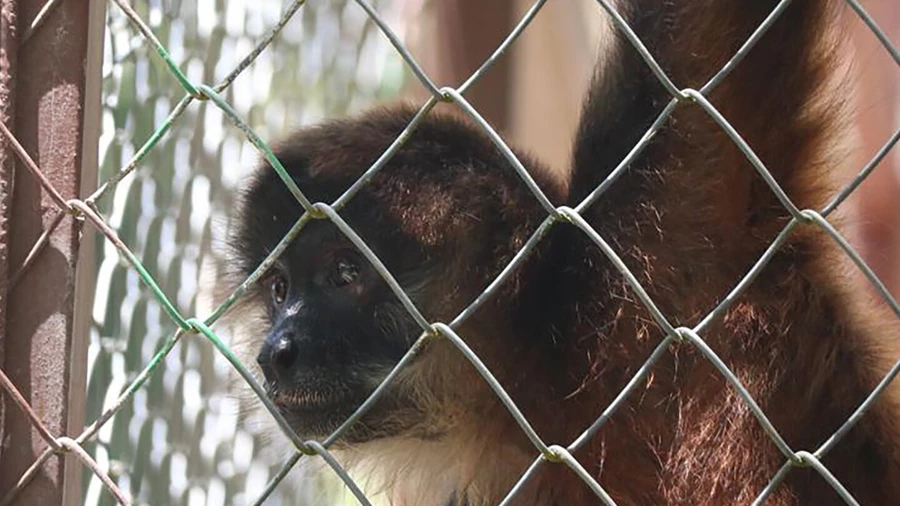AI Revolutionizes Wildlife Conservation: New Study Tracks Elusive Spider Monkeys
In a groundbreaking study, researchers have employed artificial intelligence (AI) to track the movements of Geoffrey’s spider monkeys in Costa Rica, marking a significant advancement in wildlife conservation efforts. The innovative approach, spearheaded by ecologist Jenna Lawson, utilizes audio monitors to overcome the challenges of tracking these elusive primates.
As the urgency to protect endangered species intensifies, with 28% of species currently at risk of extinction, the integration of AI in ecological studies has become increasingly crucial. Machine-learning techniques are now being leveraged to process vast amounts of data, providing unprecedented insights into animal behavior and habitat preferences.
Microsoft’s AI for Good Lab has been at the forefront of this technological revolution, developing new hardware and computing systems specifically designed for wildlife conservation. Their latest innovation, the Sparrow (Solar-Powered Acoustic and Remote Recording Observation Watch), features energy-efficient AI chips and long-term data transmission capabilities via satellites.
Initial testing of the Sparrow system took place in Colombia’s Magdalena jungle preserve, where it was used to monitor the effects of deforestation on local wildlife. Plans are now underway to expand its deployment globally, with target areas including the Amazon rainforest and Congo gorilla habitats. The data collected will be made available to researchers worldwide, with appropriate privacy measures in place.
Lawson’s bio-acoustic study in Costa Rica has already yielded valuable insights into spider monkey behavior. The research reveals that these primates tend to avoid roads and plantations, raising concerns about the effectiveness of current wildlife corridors. This information is crucial for developing more effective conservation strategies and collaborating with local landowners to protect critical habitats.
The potential applications of unattended acoustic detection extend far beyond primate studies. Similar technology could be used in diverse ecosystems, including marine environments, where it could help prevent ship collisions with whales.
While the deployment of these monitoring systems faces technical challenges, such as environmental factors affecting equipment performance, the non-intrusive nature of acoustic monitoring offers significant advantages in studying animal behavior with minimal human influence.
As conservation efforts continue to evolve, the combination of AI and acoustic monitoring presents a promising future for wildlife protection. By reducing human impact on animal habitats and providing more accurate data, these technologies are poised to play a crucial role in preserving biodiversity for generations to come.




 By
By
 By
By
 By
By
 By
By

 By
By
 By
By









